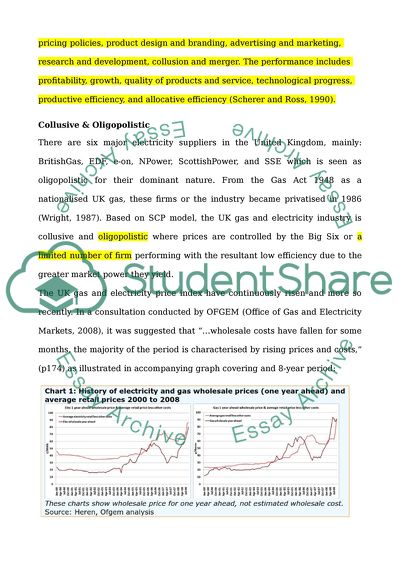Cite this document
(“UK Domestic Gas & Electricity markets: A Case Study based on Essay”, n.d.)
Retrieved from https://studentshare.org/other/1395989-uk-domestic-gas-electricity-markets-a-case-study-based-on-structure-conduct-performance-model
Retrieved from https://studentshare.org/other/1395989-uk-domestic-gas-electricity-markets-a-case-study-based-on-structure-conduct-performance-model
(UK Domestic Gas & Electricity Markets: A Case Study Based on Essay)
https://studentshare.org/other/1395989-uk-domestic-gas-electricity-markets-a-case-study-based-on-structure-conduct-performance-model.
https://studentshare.org/other/1395989-uk-domestic-gas-electricity-markets-a-case-study-based-on-structure-conduct-performance-model.
“UK Domestic Gas & Electricity Markets: A Case Study Based on Essay”, n.d. https://studentshare.org/other/1395989-uk-domestic-gas-electricity-markets-a-case-study-based-on-structure-conduct-performance-model.


